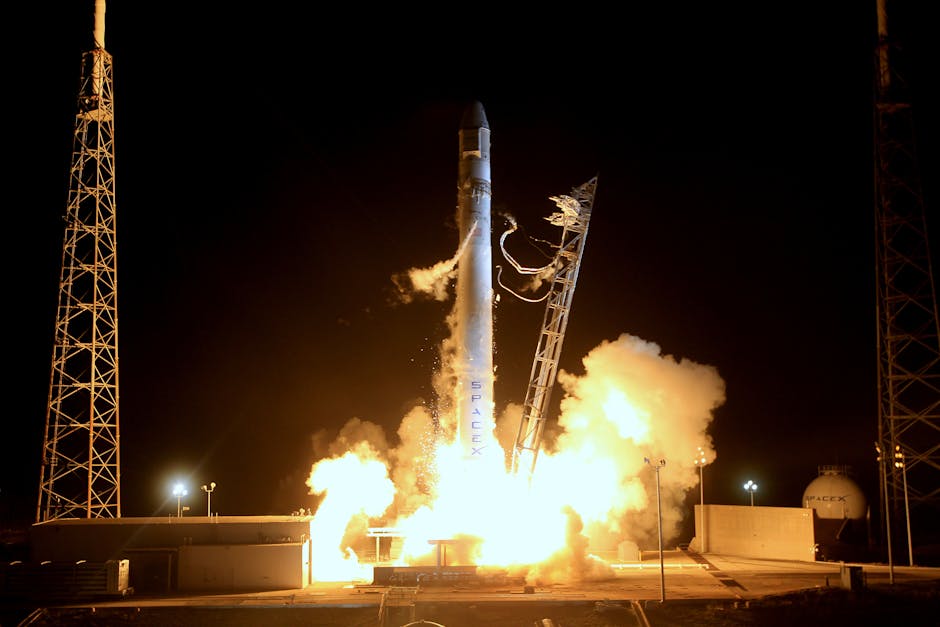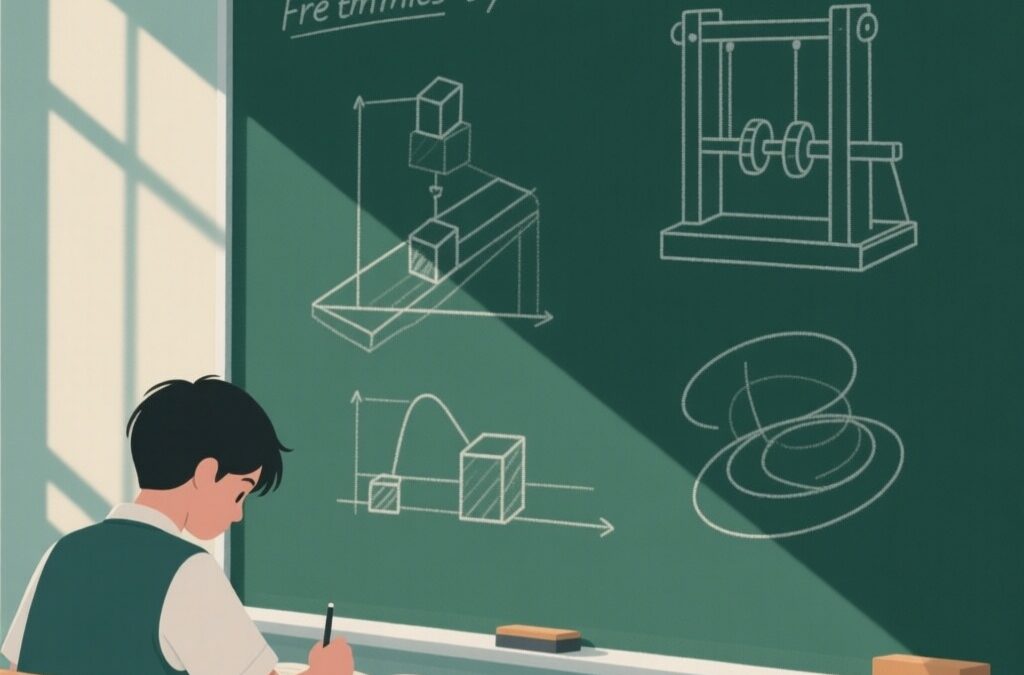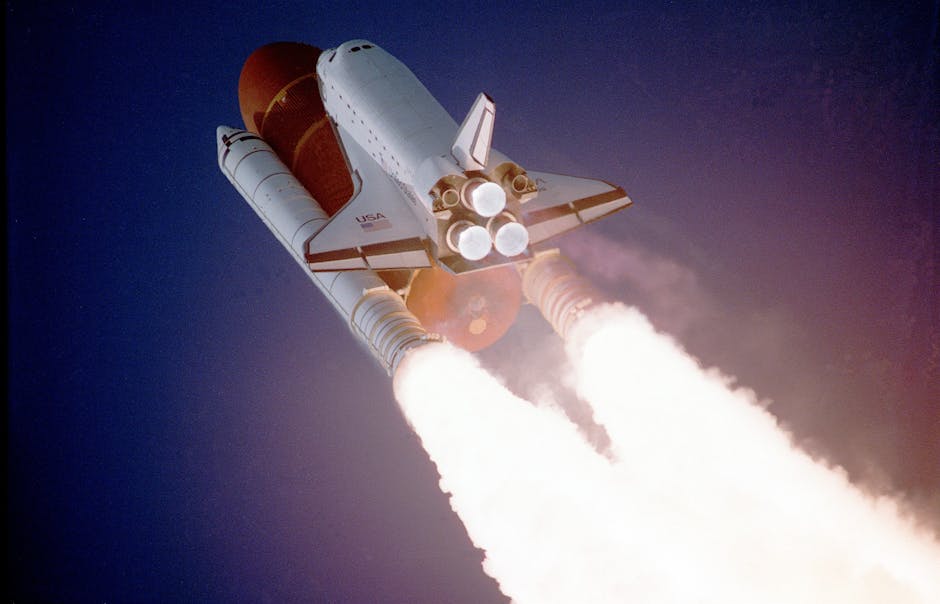[ez-toc]
Volcanoes. These awe-inspiring geological behemoths are a potent reminder of the Earth’s dynamic and ever-changing nature. Imagine yourself standing at the precipice of a volcano, the air thick with the smell of sulfur, as fiery rivers of molten rock, known as lava, cascade down its flanks. This magnificent spectacle, a breathtaking display of nature’s raw power, has captivated humanity for millennia. Volcanoes are not simply destructive forces; they are also architects, sculpting landscapes and shaping the very continents we call home. They are more than just fiery mountains. Volcanoes are a testament to the Earth’s dynamism. The very ground beneath our feet is constantly in motion, driven by forces deep within the planet. The Earth’s crust, a rigid outer shell, is fragmented into massive plates, each jostling for position in a slow, but inexorable dance. These tectonic plates, akin to the pieces of a giant jigsaw puzzle, grind against one another, pulling apart, colliding, or sliding past each other. Volcanoes are often born at these tectonic seams, where the Earth’s internal heat and pressure find an outlet.
“Volcanoes are the safety valves of the Earth, letting out the fires that burn within.”
The Birth of a Volcano
A Tale of Tectonic Plates
Imagine a churning pot of boiling water. Heat from below rises, creating currents that drive the liquid in a circular motion. Similarly, within the Earth, a layer of molten rock known as the mantle undergoes a similar dance. This process, known as convection, drives the movement of the tectonic plates, creating the dynamism that gives birth to volcanoes. At divergent plate boundaries, where plates are pulling apart, the mantle rises to fill the gap, creating new crust. The process, known as decompression melting, generates magma that rises to the surface, often erupting as a chain of undersea volcanoes. This process is responsible for the formation of the mid-ocean ridges, which are vast, underwater mountain ranges.
Subduction: A Collision of Giants
At convergent plate boundaries, where two plates collide, one plate, typically the denser oceanic plate, plunges beneath the other, a process known as subduction. As the descending plate descends into the Earth’s interior, it encounters increasing heat and pressure. This melting process generates magma, which then rises to the surface, often creating volcanic arcs, chains of volcanoes that parallel the subduction zone.
Hotspots: A Plume of Fire
The Earth’s interior is not a uniform blob of molten rock. Within the mantle, there are areas of exceptionally hot rock known as mantle plumes, which rise like hot air balloons from deep within the Earth, even in the middle of a tectonic plate. As these plumes rise, they encounter lower pressure, causing them to melt, producing magma that erupts at the surface. The Hawaiian Islands, a chain of volcanic peaks rising from the ocean floor, are a classic example of hotspot volcanism.
We also Published
- What is Wireless LAN WLAN?
Wireless LAN offer the benefit of mobility and ease of setup, making them an integral part of modern networking environments. - Javascript Unary Operators
A unary operation involves only a single operand. Examples of unary operators are : - List all databases in the Postgres server
None
Unveiling the Volcano’s Anatomy
The Heart of the Beast: The Magma Chamber
Deep beneath a volcano, lies a reservoir of molten rock known as a magma chamber. This chamber, a crucible of heat and pressure, is the birthplace of lava. As magma accumulates within the chamber, it begins to rise, seeking a path to the surface.
The Conduit: A Path to Freedom
A volcanic conduit, a vertical channel, connects the magma chamber to the surface. This conduit, a pathway for molten rock, allows the magma to ascend towards the Earth’s surface. The magma’s journey through the conduit is a turbulent one, often accompanied by earthquakes and the release of gases.
The Vent: The Gateway to Eruption
The vent, an opening at the summit of a volcano, is the point of eruption, the gateway through which lava, ash, and gases are ejected. The size and shape of the vent vary greatly, from small fissures to vast craters. The vent is the focal point of volcanic activity, the site of nature’s fiery display.
Volcanoes: A Diverse Family
Shield Volcanoes: The Gentle Giants
Imagine a vast, gently sloping dome, built by the slow, steady outpouring of fluid lava. These are shield volcanoes, so named for their broad, shield-like profiles. Shield volcanoes are often associated with basaltic magma, which is relatively low in silica and has a low viscosity. This allows the lava to flow easily over great distances, creating expansive, gently sloping cones. The Hawaiian Islands are a prime example of shield volcanoes.
Stratovolcanoes: The Majestic Cones
Stratovolcanoes, also known as composite volcanoes, are characterized by their tall, conical shapes and steep slopes. They are built by layers upon layers of lava flows and tephra, which are fragments of volcanic rock ejected during eruptions. Stratovolcanoes are often associated with andesitic or dacitic magma, which are more viscous than basaltic magma. This means the lava flows are thicker and tend to solidify before flowing far. The result is a cone-shaped mountain, formed by alternating layers of lava and tephra. Mount Fuji in Japan and Mount Vesuvius in Italy are classic examples of stratovolcanoes.
Cinder Cones: The Small but Fiery
Cinder cones, the smallest and simplest type of volcano, are formed by the accumulation of volcanic fragments known as cinders. These cones are typically steep-sided, with a crater at the summit. Cinder cones are often associated with basaltic magma, and their eruptions are usually short-lived, lasting only a few days or weeks. Parícutin in Mexico is a famous example of a cinder cone.
Supervolcanoes: The Unseen Giants
While they may not be visible, supervolcanoes are the most powerful and potentially destructive volcanoes on Earth. Supervolcanoes are characterized by their massive size, immense magma chambers, and catastrophic eruptions that can reshape continents and alter the global climate. The Yellowstone Caldera in the United States is an example of a supervolcano.
The Fury of Eruption
Lava Flows: Rivers of Fire
Lava flows, rivers of molten rock, can be extremely destructive. The speed and distance traveled by lava flows depend on the viscosity of the lava. Basaltic lava flows are fast-moving and fluid, while more viscous lava flows, such as those associated with andesitic magma, move more slowly and solidify sooner. Lava flows can engulf entire towns and villages, incinerating everything in their path.
Tephra: A Rain of Fire
Tephra, fragments of volcanic rock ejected during eruptions, can be a major hazard. Tephra ranges in size from fine ash to large boulders. Tephra falls can suffocate vegetation, bury buildings, and disrupt transportation. Large tephra falls can also collapse roofs and cause significant damage to infrastructure.
Pyroclastic Flows: Deadly Avalanches
Pyroclastic flows, fast-moving currents of hot gas and volcanic debris, are one of the most dangerous aspects of volcanic eruptions. Pyroclastic flows can travel at speeds of hundreds of kilometers per hour, incinerating everything in their path. The 1980 eruption of Mount St. Helens in the United States produced a devastating pyroclastic flow that killed 57 people.
Lahars: Volcanic Mudflows
Lahars, volcanic mudflows, are formed when volcanic debris mixes with water, creating a fast-moving slurry. Lahars can be triggered by heavy rainfall, snowmelt, or even volcanic eruptions. They can travel great distances, destroying everything in their path. Lahars can be particularly dangerous in mountainous areas, where they can quickly inundate valleys.
Volcanic Gases: Invisible But Deadly
Volcanic gases, released during eruptions, can be a significant health hazard. These gases include carbon dioxide, sulfur dioxide, and hydrogen sulfide. Volcanic gases can suffocate people, cause respiratory problems, and even contaminate water supplies.
The Impact of Volcanoes
Volcanoes and Climate
Volcanoes can have a significant impact on the Earth’s climate. Large volcanic eruptions can inject massive amounts of sulfur dioxide into the atmosphere, where it forms sulfuric acid aerosols that reflect solar radiation and cool the Earth’s surface. This cooling effect can last for several years, causing widespread disruptions to agricultural production and global weather patterns.
Volcanoes and Life
Volcanic eruptions can have both destructive and beneficial effects on life. Volcanic ash can smother vegetation, destroy crops, and contaminate water sources. However, volcanic soils are often very fertile, providing a rich source of nutrients for plants. Volcanic activity also plays a role in the formation of hydrothermal vents, which are ecosystems that support a unique and diverse array of life forms.
Volcanoes and Humanity
Volcanoes have played a significant role in human history. Volcanic eruptions have caused major disasters, destroying entire civilizations. The eruption of Mount Vesuvius in 79 CE buried the Roman cities of Pompeii and Herculaneum, preserving them for centuries. Volcanic activity has also provided humans with valuable resources, such as fertile soils, building materials, and geothermal energy. Volcanoes are a source of fascination and awe, inspiring myths, legends, and artistic creations.
Living with the Giants
Volcanic Monitoring
Volcanic monitoring is essential for mitigating the risks posed by volcanic eruptions. Volcanologists use a variety of techniques to monitor volcanic activity, including seismic monitoring, ground deformation measurements, gas emissions analysis, and remote sensing. These data help scientists to assess the level of risk posed by a volcano and provide timely warnings to populations living in danger zones.
Risk Management
Volcanic risk management involves identifying potential hazards, assessing the likelihood of those hazards occurring, and developing strategies to mitigate the impact of those hazards. These strategies may include evacuation plans, emergency response protocols, and public education campaigns.
Volcanic Hazards: A Global Threat
Volcanic hazards are a global threat. Volcanoes can cause significant damage to infrastructure, disrupt transportation, and displace entire populations. Volcanic eruptions can also have a profound impact on the global economy, disrupting supply chains and affecting agricultural production. The 2010 eruption of Eyjafjallajökull in Iceland, for example, grounded flights across Europe, causing significant disruptions to air travel and tourism.
Volcanoes: A Window into the Earth’s Interior
Volcanoes are more than just destructive forces; they are a window into the Earth’s interior, providing us with insights into the processes that shape our planet. By studying volcanoes, we can learn about the composition of the Earth’s mantle, the dynamics of plate tectonics, and the origin of magma. This knowledge is essential for understanding the evolution of our planet and for mitigating the risks posed by volcanic hazards.
Looking Ahead
While we have made significant progress in understanding volcanoes, there is still much to learn. Scientists continue to investigate the complex processes that drive volcanic activity, develop more accurate forecasting models, and explore new ways to mitigate volcanic hazards. Volcanoes will continue to be a source of fascination and a reminder of the Earth’s powerful and ever-changing nature.
Are you ready to explore the fiery world of volcanoes? Learn more about these geological marvels and their impact on our planet!
RESOURCES
- 7 Hot Facts About the Pacific Ring of Fire
- Distribution Of Volcanoes: Exploring Earth’s Volcanic …
- Igneous Rocks Lesson #12 | Volcano World
- 8 largest volcanoes in the world
- Volcanoes and Lahars
- Unveiling the Power and Beauty of Earth’s Fiery Giants …
- Fiery Giants
- Ring of Fire | Definition, Map, & Facts
- The Power of Volcanoes: Understanding Earth’s Fiery Giants
- Materials extruded during a volcanic eruption include
- Unveiling the Power and Beauty of Earth’s Fiery Giants …







0 Comments